We often watch Bollywood films for entertainment—songs, drama, romance, and those larger-than-life characters. But under all that glitz, many films hide layers of symbolism and visual storytelling you may have missed.
From subtle background cues to repeated colour palettes, many directors in Indian cinema use hidden metaphors to express deeper meanings about society, identity, class, gender, and even death.
Let’s explore how some of the most popular (and some underrated) Bollywood films are full of artistic secrets, waiting to be decoded.
🎨 1. The Use of Colour in Sanjay Leela Bhansali’s Films
Bhansali is famous for his rich, dramatic frames, but colour in his films is never just about beauty.
🔴 Red in Goliyon Ki Raasleela: Ram-Leela
Red is used extensively, not just for love or passion, but for violence and sacrifice. Every time a character wears red, a major emotional or physical conflict follows. Think of Leela’s bridal outfit right before chaos erupts.
⚪ White in Devdas
Paro wears white at key moments, especially in scenes of mourning or emotional detachment, foreshadowing the emotional death of Devdas and herself.
🎯 Symbolism Style: Operatic. Over-the-top visual grandeur is used to reflect inner turmoil.
🪞 2. Mirrors in Kahaani (2012) – Directed by Sujoy Ghosh
Vidya Balan’s iconic thriller is packed with twists, but mirrors are quietly present in key scenes. They symbolise identity and duality.
Vidya is often shown facing a mirror while hiding her pregnancy (or lack thereof).
The villain is also seen through reflective surfaces before he’s revealed.
💡 The mirror is used not for vanity, but as a metaphor for hidden truths and illusion.
🎯 Symbolism Style: Psychological. Visual cues lead us deeper into a deceptive narrative.
🎭 3. The Red Bag in Queen (2014) – Directed by Vikas Bahl
When Rani (Kangana Ranaut) embarks on her solo honeymoon, she carries a bright red handbag everywhere.
It becomes a metaphor for:
Her past life and societal baggage
Her identity as someone trying to hold on to her culture while discovering herself
By the end, her use of the bag fades. She’s not defined by it anymore.
🎯 Symbolism Style: Subtle. Every day, objects quietly reflect character transformation.
🏠 4. Architecture in Parasite—Wait, Sorry—Kapoor & Sons (2016)
Like Parasite, Kapoor & Sons uses space and setting brilliantly. The family home isn’t just where the drama happens—it is the drama.
Cracked walls = family dysfunction
Small kitchen = tension between characters
Old family photos = frozen in time, refusing to grow
Every frame is crafted to show how spaces trap us emotionally, especially within traditional families.
🎯 Symbolism Style: Realistic. Set design acts as an emotional blueprint.
🧣 5. The Dupatta in Veer-Zaara (2004) – Directed by Yash Chopra
Yash Chopra’s films often use fabrics—especially dupattas—as symbols of connection, femininity, and longing.
In Veer-Zaara:
Zaara’s dupatta lands on Veer’s face during their first encounter, representing fate pulling them together
Later, it reappears in memories and dreams, symbolising what’s been lost
🎯 Symbolism Style: Poetic. Romance through metaphorical visuals.
🔁 6. Repetition in Haider (2014) – Directed by Vishal Bhardwaj
Adapted from Shakespeare’s Hamlet, this dark drama about Kashmir is a masterclass in visual and verbal symbolism.
“To be or not to be” becomes “Hum hain ki hum nahin?”
Skull imagery isn’t just literal (like in Hamlet) but becomes a motif—appearing in graffiti, stage plays, and even the snow.
It’s used to question identity, existence, and mortality.
🎯 Symbolism Style: Intellectual. Uses theatre and politics as intertwined metaphors.
🔪 7. Food and Power in Gully Boy (2019) – Directed by Zoya Akhtar
Zoya Akhtar is a queen of detail. In Gully Boy, food often symbolises power dynamics and class struggle.
Murad eats leftovers, shared meals, and street food
In contrast, his mentor, MC Sher, offers him proper food, symbolising nurturing
Sky (Kalki Koechlin) takes him to posh cafes, signifying privilege
🍽️ Food = class. Simple, yet powerful.
🎯 Symbolism Style: Social commentary. Every day, details reflect larger systems.
🛐 8. Religious Metaphors in PK (2014) – Directed by Rajkumar Hirani
While the film is overt in its critique of organised religion, it uses clever visual symbolism:
PK’s nude introduction (stripped of all labels)
His confusion between different gods and customs
The idea of a “wrong number” when connecting to God is = metaphor for manipulation
⚡Even the alien metaphor is a stand-in for how outsiders view man-made faith systems.
🎯 Symbolism Style: Satirical. Humour used to disarm and deliver heavy truths.
🧳 9. Baggage in Tamasha (2015) – Directed by Imtiaz Ali
A suitcase. A mask. A corporate ID card.
These aren’t just props in Tamasha. They symbolise:
Suppression of true identity
The “character” we play in society
The emotional baggage we carry through life
Ved’s suitcase represents the life that others packed for him.
🎯 Symbolism Style: Philosophical. Symbolism through metaphors of self.
🎯 Why This Symbolism Matters
Hidden symbolism:
Makes films rewatchable
Adds layers of meaning for different audiences
Let's directors comment subtly on culture, society, and emotion
For a generation like Gen Z—who craves stories that go beyond surface-level drama—these metaphors are where the real magic lies.
🎥 You don’t just watch the film—you feel it, decode it, and talk about it.
✅ Final Thoughts: Look Closer, Feel Deeper
The next time you watch a Bollywood film, look beyond the song and dance. Ask:
Why that colour?
Why that object?
Why that silence?
The answers might just change how you see the entire film.
Because in great cinema, nothing is accidental.
🎬 And once you start spotting the symbols, you’ll never look at Bollywood the same way again.
📌 Related Posts
“How RRR Changed the Game for Indian Films Worldwide”


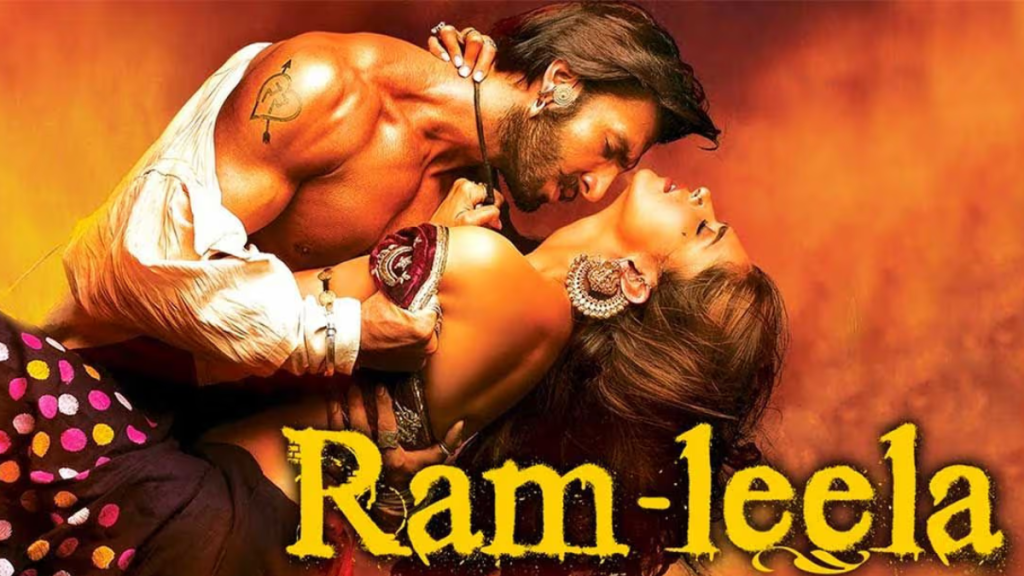
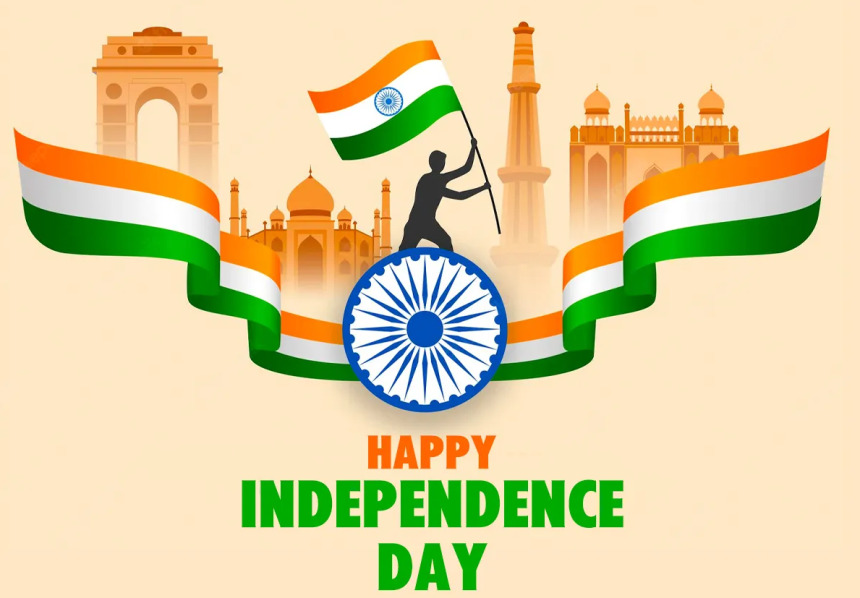
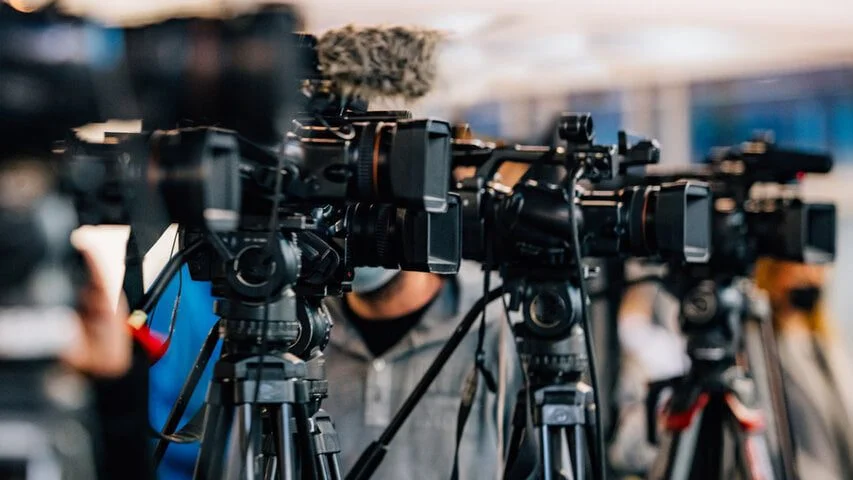
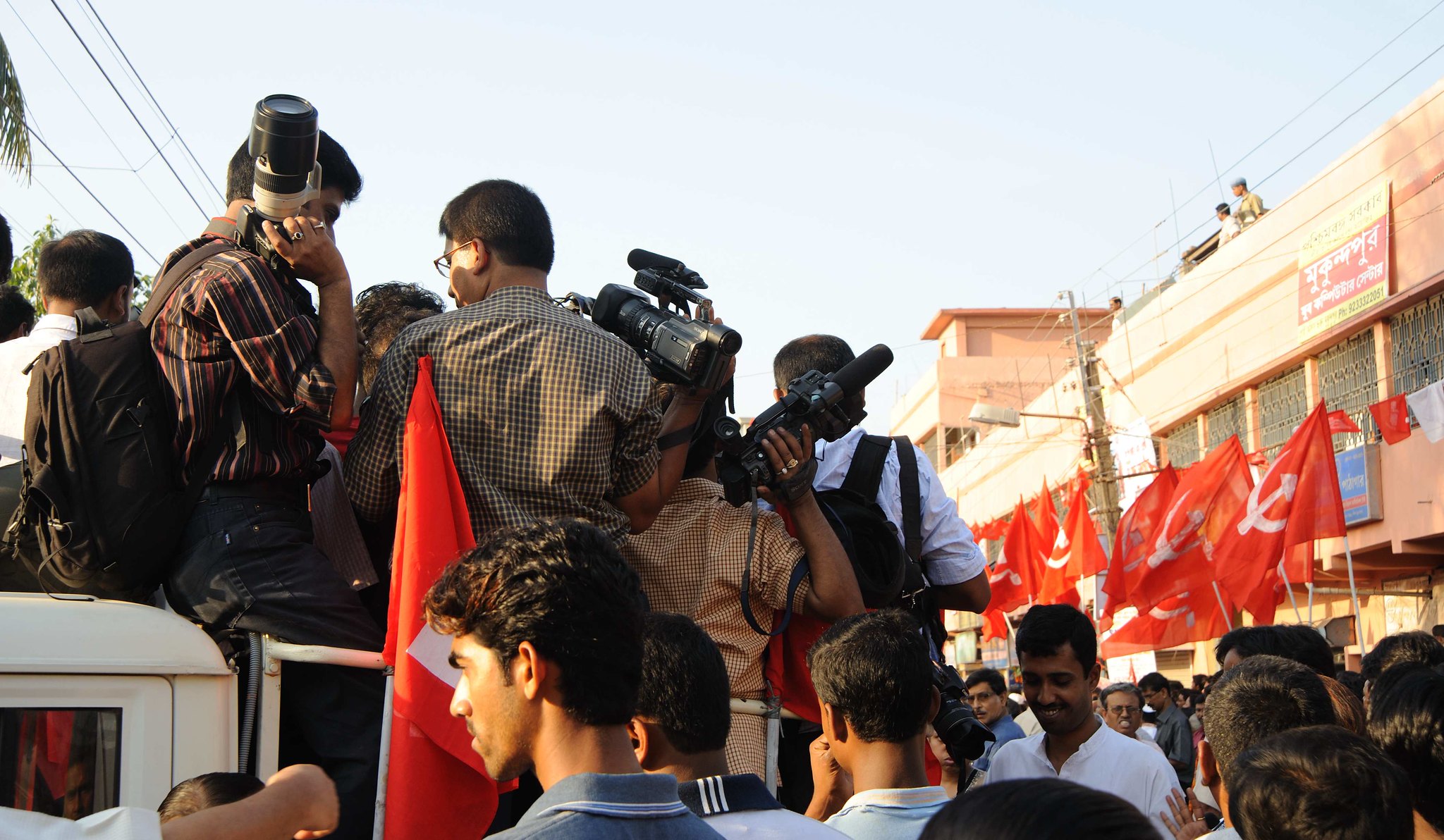
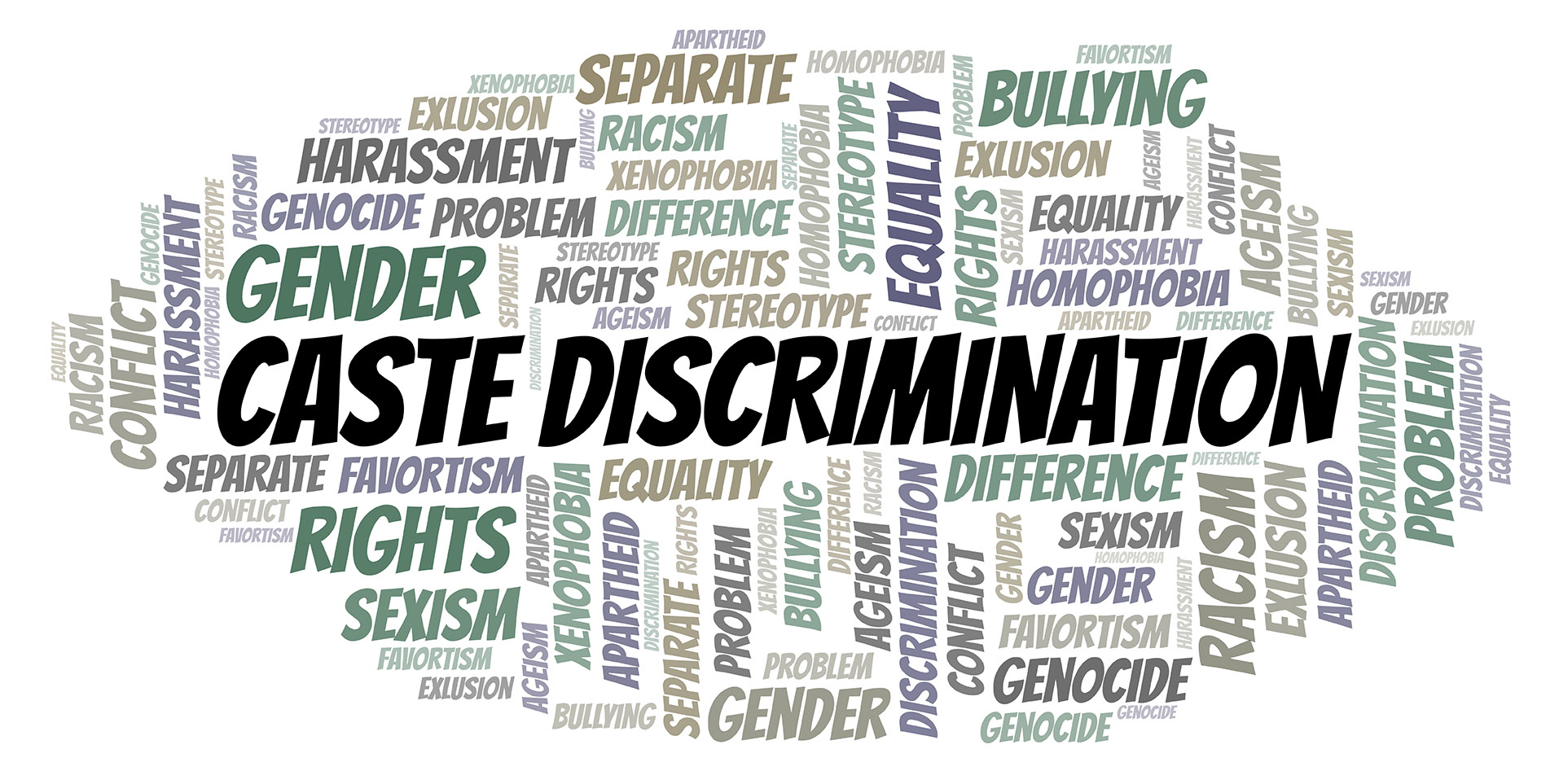



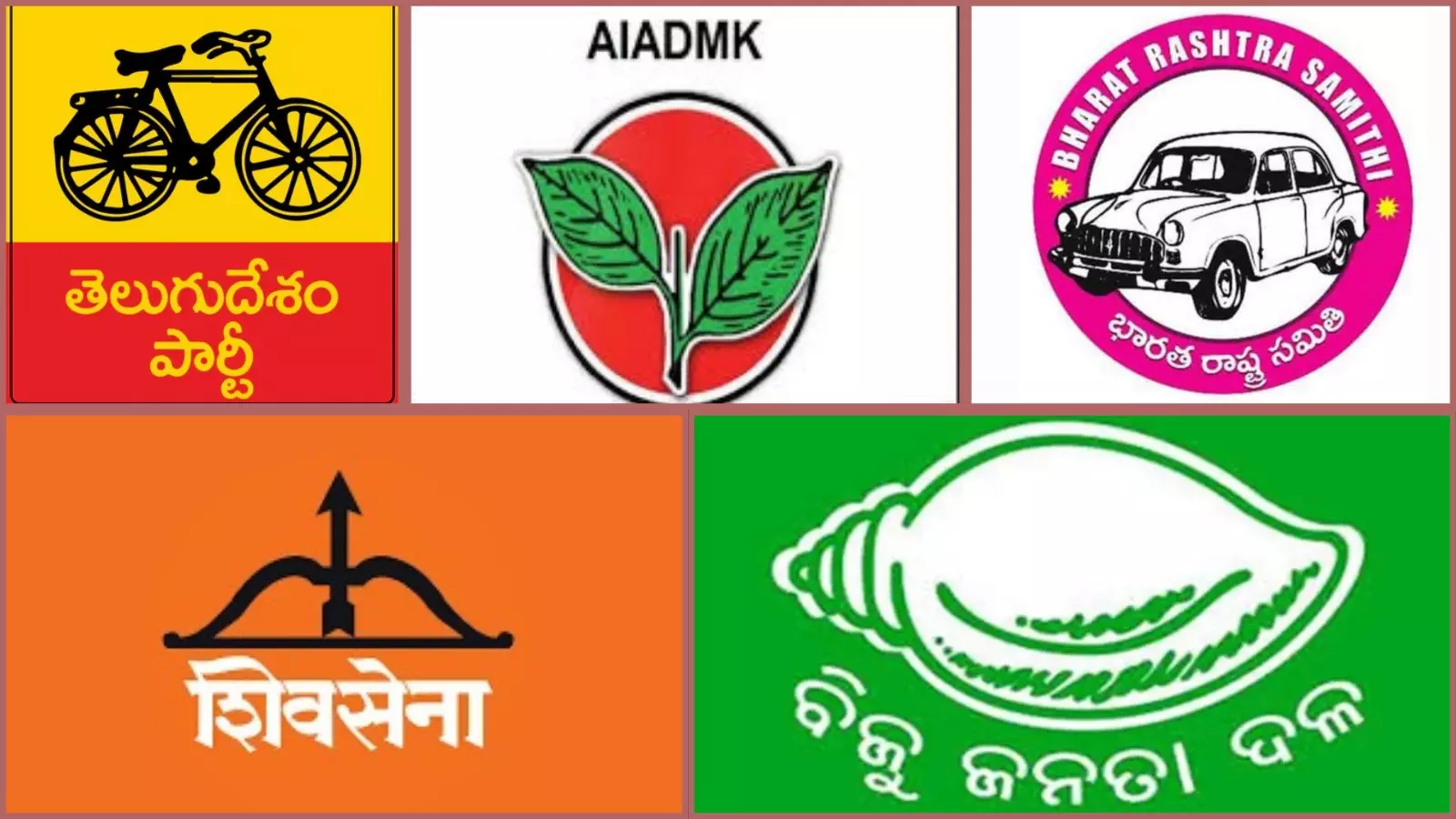

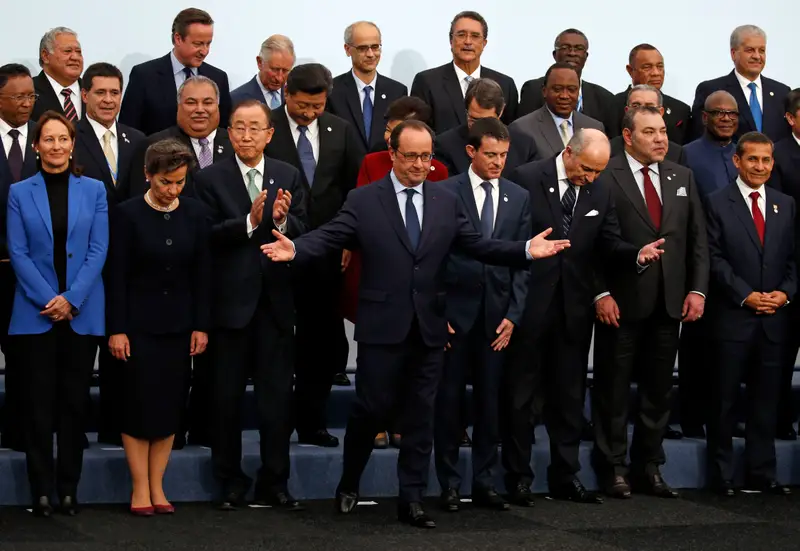
Recent Comments
No comments yet.